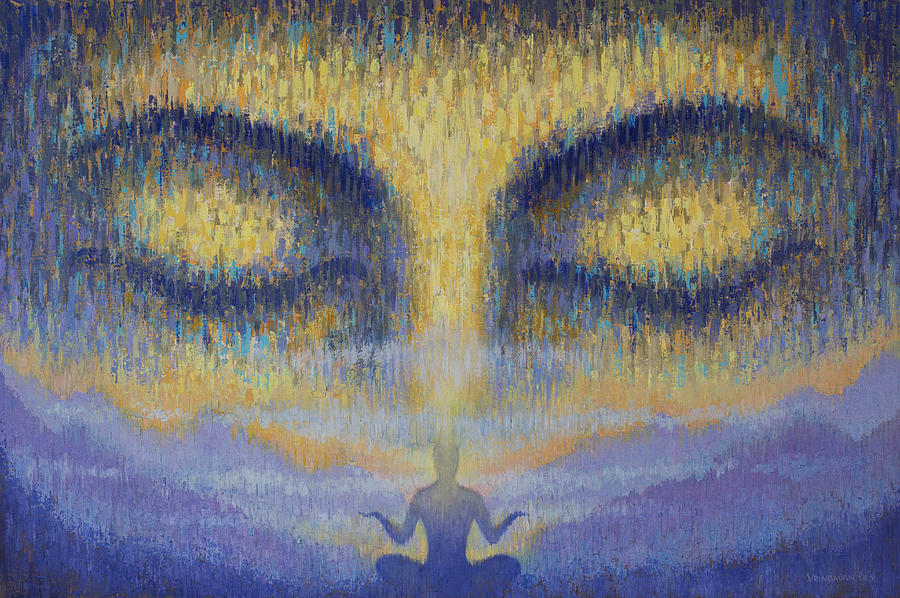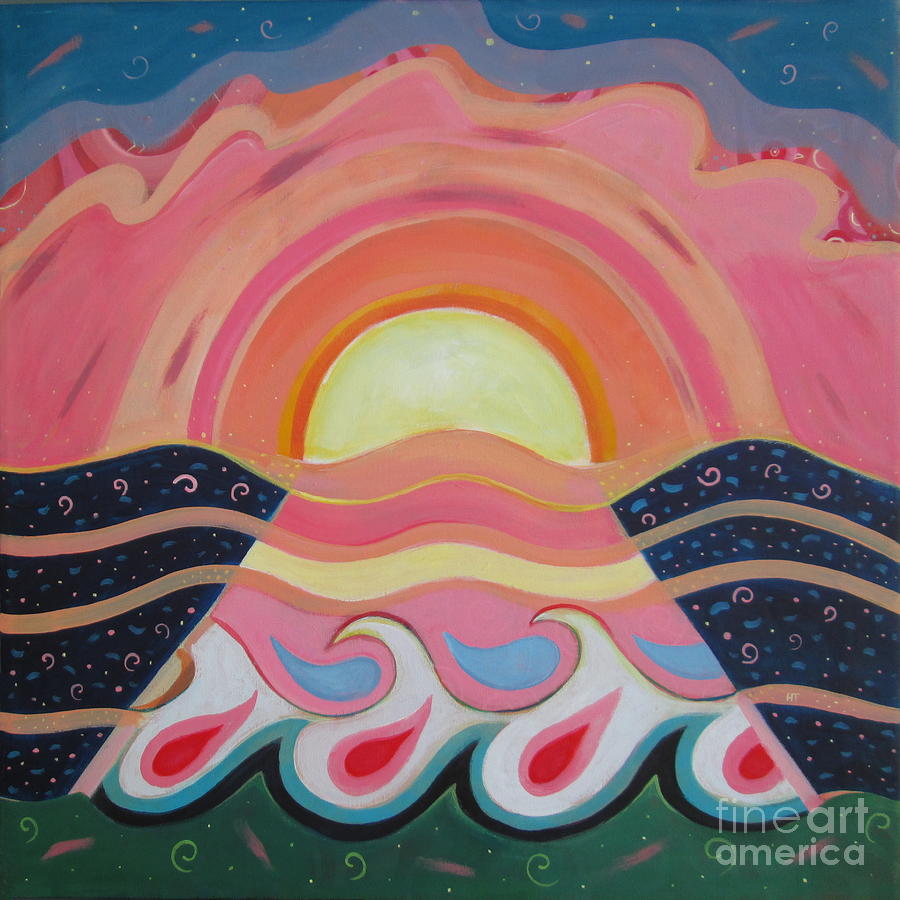What is emphasis? What is subordination? And how do they relate to each other and the composition?
What Does Unity Mean In Art
Unity Painting, Des Moines, Iowa. 16 likes 1 talking about this. Here to serve the community with the professional yet family experience that you deserve.
Emphasisis defined as an area or object within the artwork that draws attention and becomes a focal point.
Subordination is defined as minimizing or toning down other compositional elements in order to bring attention to the focal point.
To enable grass and detail painting, select the Paint Details button on the toolbar A row of buttons and basic controls at the top of the Unity Editor that allows you to interact with the Editor in various ways (e.g. Scaling, translation). More info See in Glossary. Paint Details in the Terrain Inspector. All the best Unity Painting 34+ collected on this page. Feel free to explore, study and enjoy paintings with PaintingValley.com. Let's learn some basics of new terrain system in Unity 2020.1. You will also learn how to use New Terrain Tools and Sample Assets for quick terrain creation. Contact Unity Painting on Messenger. Home Improvement. Page TransparencySee More. Facebook is showing information to help you better understand the purpose of a Page. See actions taken by the people who manage and post content.
Focal point refers to an area in the composition that has the most significance, an area that the artist wants to draw attention to as the most important aspect.
In the example below, it is very clear that the emphasis is on the red circle. It is the largest object in the composition. Conversely, although there are many gray circles, they are small in size, very muted in color, and blend in rather than stand out from the background.

The large circle is an extremely intense (pure) color which contrasts dramatically with the muted gray circles and background. The large, intensely red circle is bordered with an intense green that is a complementary color to the red, and equal in its intensity. Complementary colors (across from each other on the color wheel) with a high degree of intensity draw the most attention.
Therefore, the red circle is the focal point of the composition.
Examples of emphasis, and subordination in artwork
Emphasis using color
Richard Anuszkiewicz Deep Magenta Square
image source http://www.newworldencyclopedia.org/entry/Op_art
This is an example of op art, a movement that became popular in the 1960's. Op art plays with visual perception and often, color combinations or patterns that can be very difficult to look at and focus on. It is obvious that the magenta square is emphasized in the composition, and is definitely the focal point. Although the colors in the rest of the composition are fairly intense, they are much less intense than the magenta circle. They are also smaller areas than the square, thin lines rather than a large square that dominates the composition. Notice how the combination of colors and lines play with depth of space, and receding and advancing areas.
Emphasis using value (light and dark)
Kathe Kollwitz Battlefield 1907
etching mounted on wove paper
Private Collection

image source http://www.mystudios.com/women/klmno/kollwitz_battlefield.html
This is a poignant portrayal of a mother searching for her dead son after a battle. The light she is carrying casts a strong light upon the dead soldier, working in the same manner as a spotlight on stage would. Her hand reaching out and touching the soldier is also emphasized. In fact, the touch of the strong hand on the chin of the soldier--whose head falls back limply--is the focal point of the image. It is as if by touching the soldier she might bring him back to life.
In contrast, the figure of the mother is bent over, and the darkest area of the composition. Her hunched, dark shape contrasts starkly with the soldier's tilted back, brightly lit head.The mother's figure is the second most important aspect of the composition. The rest of the composition consists of indistinct areas of varying shades of gray. The only other reference to a battlefield is the soldier's head next to the mother's son. This keeps us from being distracted by other details or areas in the composition and focused on the mother's hand and the son's face.

Emphasis using complementary colors and atmospheric perspective
Paul SignacEvening Calm, Concarneau, Opus 220 (Allegro Maestoso) 1891
Oil on canvas 25 1/2 x 32in. (64.8 x 81.3cm); Framed: 40 1/4 x 34 in. (102.2 x 86.4cm)
Metropolitan Musem of Art, New York
Robert Lehman Collection, 1975
The emphasis here is on the rocky shoreline on the left lower part of the painting. Using the principles of atmospheric perspective, the foreground is more intense in color and more sharply delineated. The background is increasingly muted as it recedes in space, and the colors tend to blend together.The use of complementary colors--violet and yellow--accentuates this effect, because complementary colors draw attention, and the more intense they are, the more they attract attention.
Signac used a system of color harmony and precisely applied strokes of color. Following and adapting the technique of Georges Seurat, he placed separate hues of color next to each otrher, without mixing them. The viewer 'mixes' the colors with their eyes. Standing up close to the painting, the viewer sees only dots or strokes of color. Moving back, the subject matter ofthe image comes into 'focus'. This technique creates a shimmering effect of light.
Emphasis using intensity of light

Joseph Mallord William Turner Yacht Approaching the Coast
oil on canvas
Image courtsy of wiliam-turner.org
Turner uses rays of light from a sunset on the water, with increasing intensity toward the center of the painting. Subtle variations in color create 'lines' that all lead to the center of the painting. The golden shimmering light on the water leads the eye directly to the orange glow of the sunset. The yacht approaching the coast can be seen as heading toward the sunset instead of the coast, with its sails pointing toward the sunset.
Emphasis using the center of the compositon and one spot of bright color
Akseli Gallen-Kallela The Great Black Woodpecker, 1892-94
Oil on canvas, 145 x 90 cm
Private Collection
image source: artsmia.org (Minneapolis Institute of Arts)
The leafless limbs of the dead trees and branches create lines that all point toward the woodpecker. The tree limbs are larger and lighter in color than the surrounding trees, creating a stark contrast which emphasizes their 'path' to the woodpecker. The tallest ree disappears into the sky, but its branches lead to the river, which in turn leads to the bleached branches of the dead tree in the foreground.
Unity Painting Terrain
The woodpecker, unlike anything else in the painting, is portrayed using bold and intense hues of black and red. It appears to be the only animated form in the painting, as if all of the surrounding landscape has paused for a moment as a tribute to the woodpecker.
